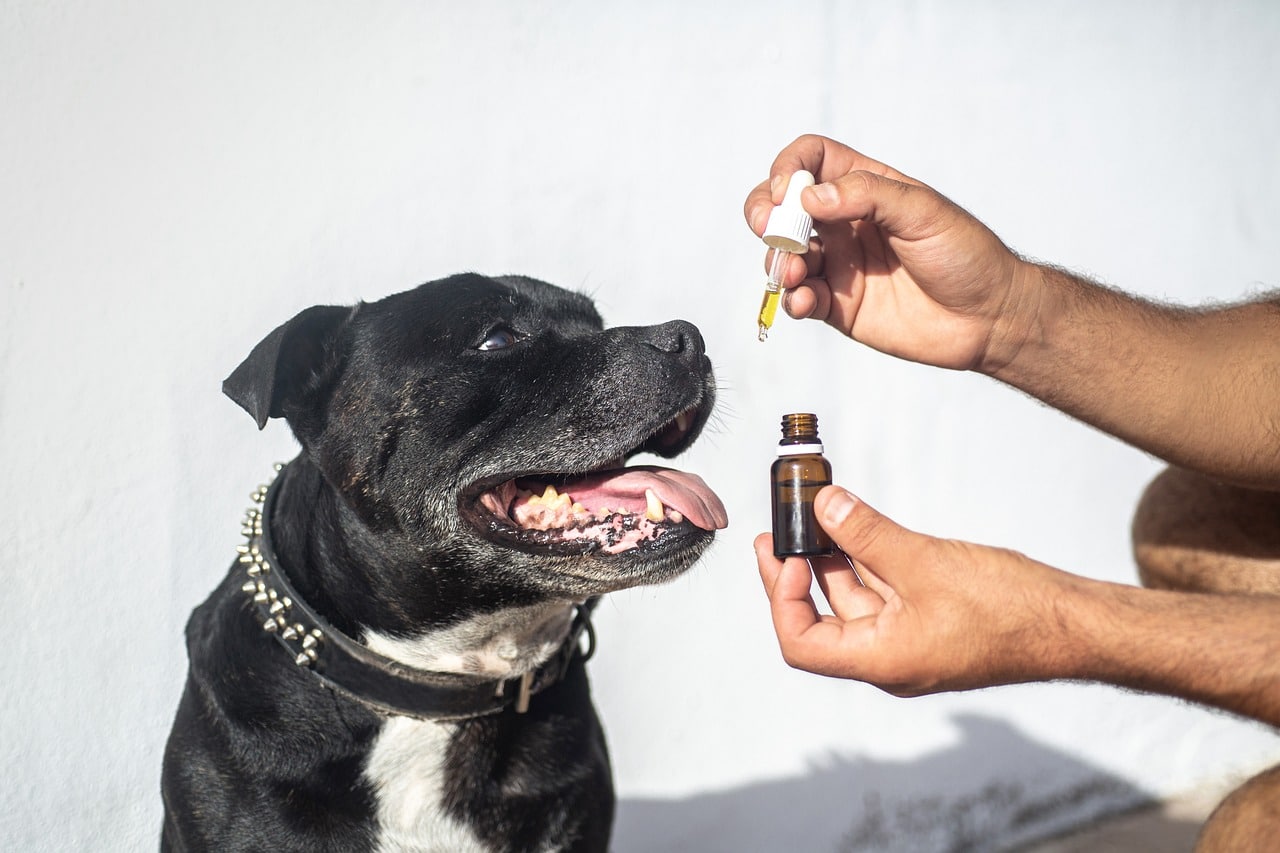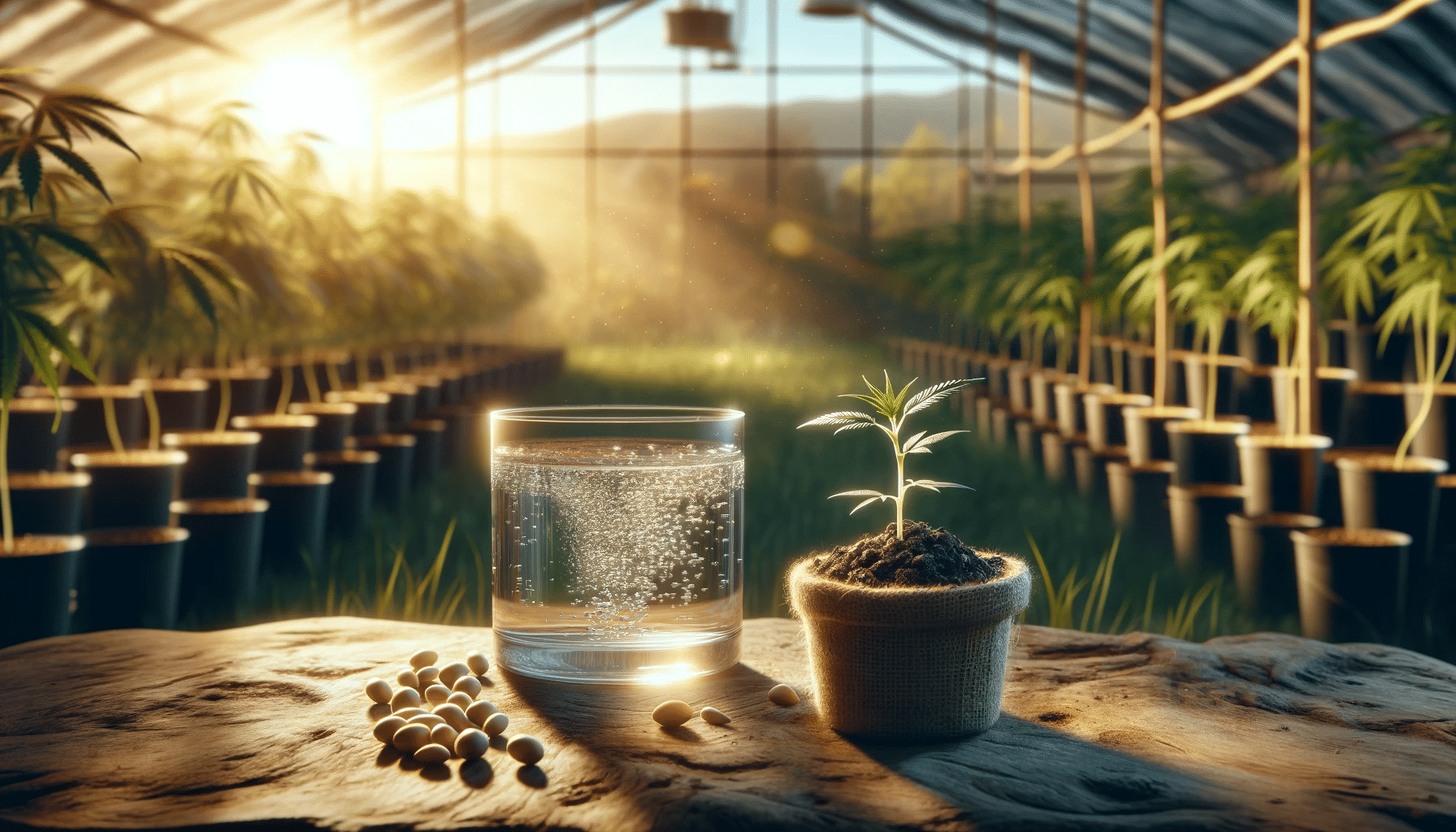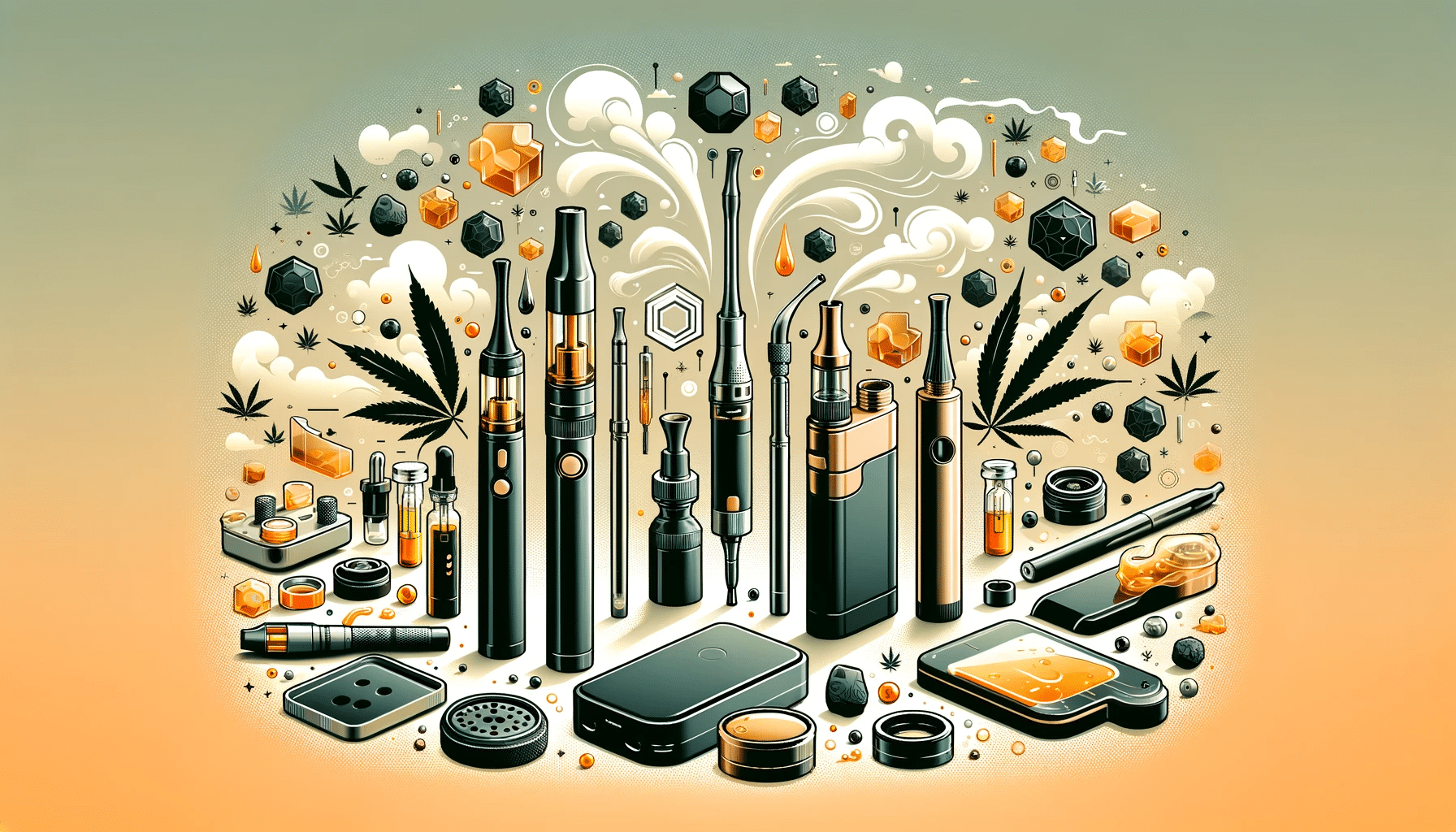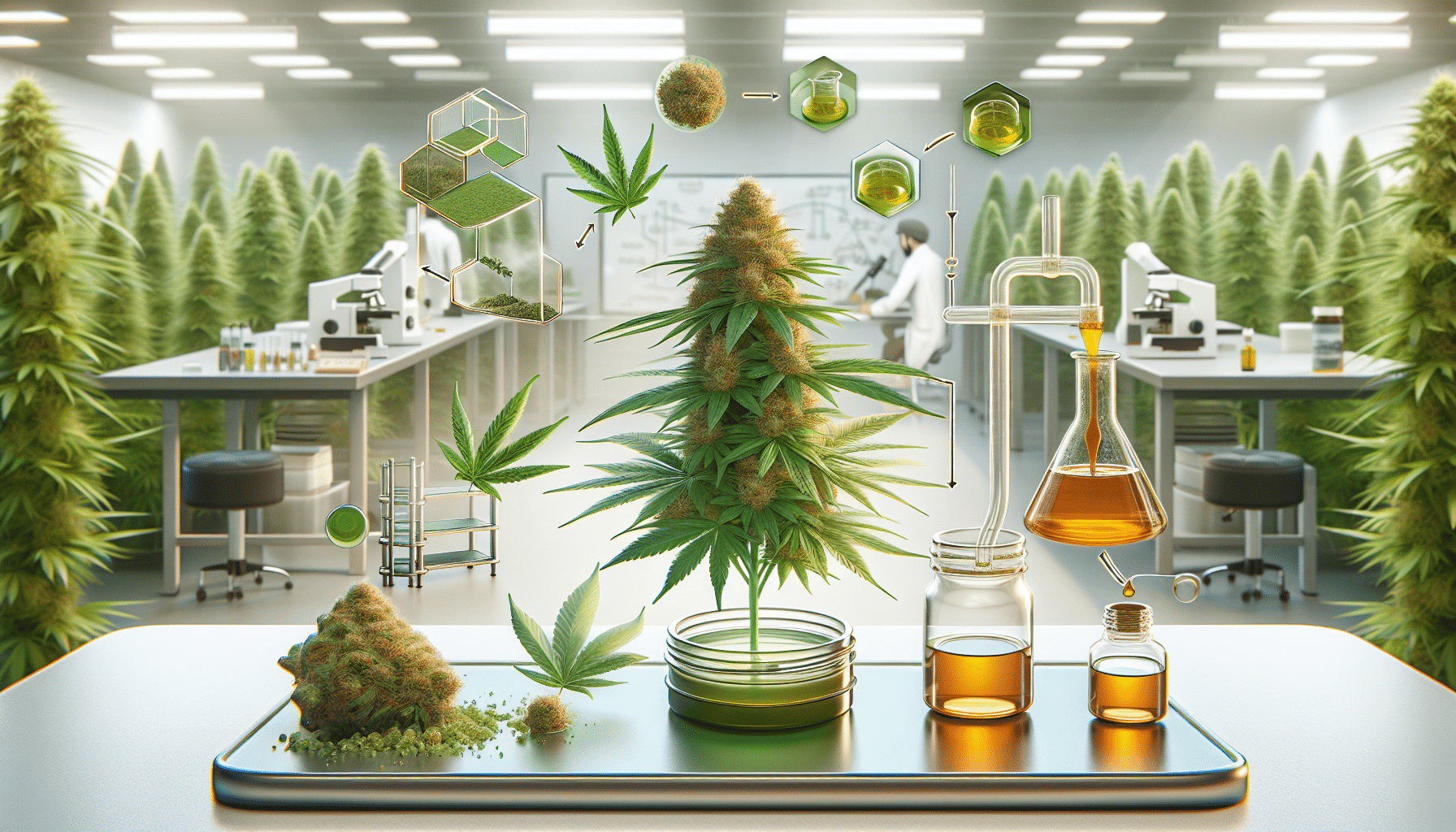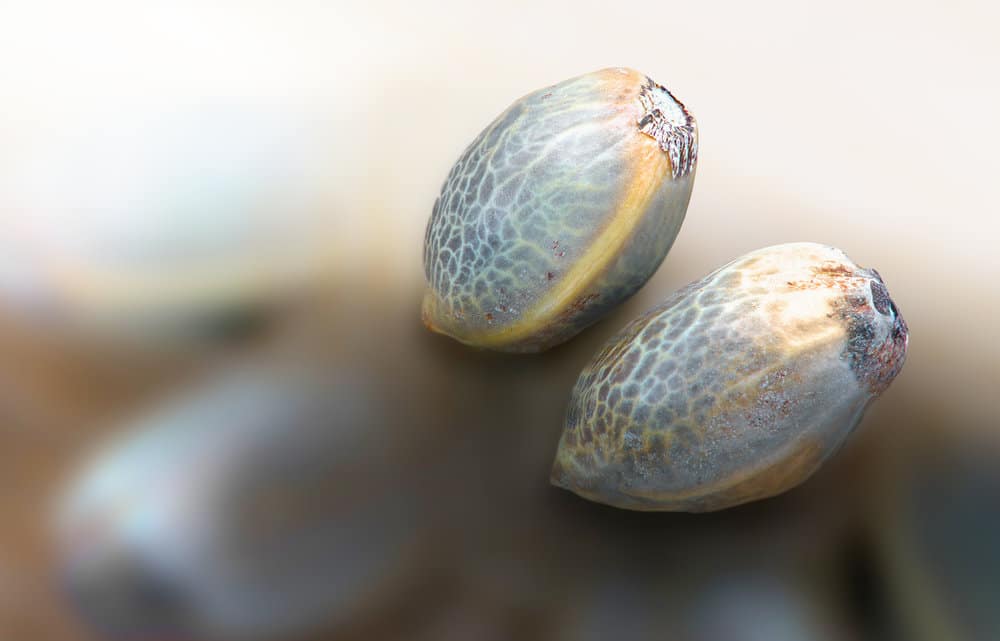Grow Room


How to keep grow room warm when lights are off?


To keep a grow room warm when lights are off, there are a few effective methods. One option is to use a space heater or an oil-filled radiator to maintain a consistent temperature. Another approach is to insulate the grow room by sealing any drafts or gaps and using reflective materials to retain heat. Additionally, employing a thermostat or temperature controller can help regulate the temperature by automatically turning on heaters when needed. It’s important to monitor the temperature closely to ensure it remains within the optimal range for cannabis cultivation. Remember to follow safety guidelines and manufacturer instructions when using heating equipment.
How to clean grow room after powdery mildew?


Cleaning a grow room after powdery mildew is crucial to prevent further spread and maintain a healthy cannabis cultivation environment. Start by removing all infected plant material, including leaves, stems, and buds. Thoroughly clean all surfaces, equipment, and tools with a disinfectant solution to eliminate any remaining spores. It is important to sanitize the entire area, including walls, floors, and ventilation systems. Consider using hydrogen peroxide or a commercial fungicide for a more effective cleanup. After cleaning, ensure proper ventilation and maintain optimal humidity levels to discourage powdery mildew recurrence. Regular monitoring and preventive measures are essential to keep the grow room free from this fungal disease.
How to install mylar in grow room?


Mylar is a popular choice for lining grow rooms due to its reflective properties. To install Mylar in a grow room, start by measuring the dimensions of the walls and ceiling. Cut the Mylar sheets to fit these measurements, leaving a little extra for overlap. Clean the surfaces thoroughly to ensure good adhesion. Use adhesive or double-sided tape to attach the Mylar sheets to the walls and ceiling, making sure to smooth out any wrinkles or air bubbles. Take care to cover all surfaces, including corners and edges. Mylar helps maximize light reflection and distribution, promoting optimal plant growth in the grow room.
How to supplement co2 in grow room?


Supplementing CO2 in a grow room can help enhance plant growth and yields. There are a few methods to achieve this. One common method is using a CO2 generator or CO2 tank to release carbon dioxide into the grow room. It is important to monitor and maintain CO2 levels within the optimal range for cannabis growth, typically between 1200-1500 parts per million (ppm). Additionally, proper ventilation and airflow management are crucial to ensure CO2 distribution throughout the grow space. It is recommended to consult with experts or refer to specific guidelines for your grow setup to determine the best approach for CO2 supplementation.
How to lower humidity in grow room without dehumidifier?


To lower humidity in a grow room without a dehumidifier, there are a few methods you can try. One option is to increase ventilation by using fans or opening windows to improve air circulation. Another method is to use a humidity dome or tray filled with absorbent materials like silica gel or activated charcoal to absorb excess moisture. Additionally, adjusting the temperature in the grow room can help regulate humidity levels. Finally, pruning or thinning out plants can also help reduce humidity by allowing for better airflow. Remember to monitor humidity levels regularly to ensure optimal growing conditions for your plants.
How to raise humidity in a grow room?


To raise humidity in a grow room, there are a few methods you can try. One option is to use a humidifier to introduce moisture into the air. Another approach is to place trays of water near the plants, allowing for natural evaporation. You can also consider using a vaporizer or fogger system to increase humidity levels. Additionally, adjusting the ventilation and airflow in the grow room can help retain moisture. Be mindful of the ideal humidity range for your specific plants, as different strains may have varying requirements. Regular monitoring and adjustments will ensure a suitable humidity level for optimal plant growth.

